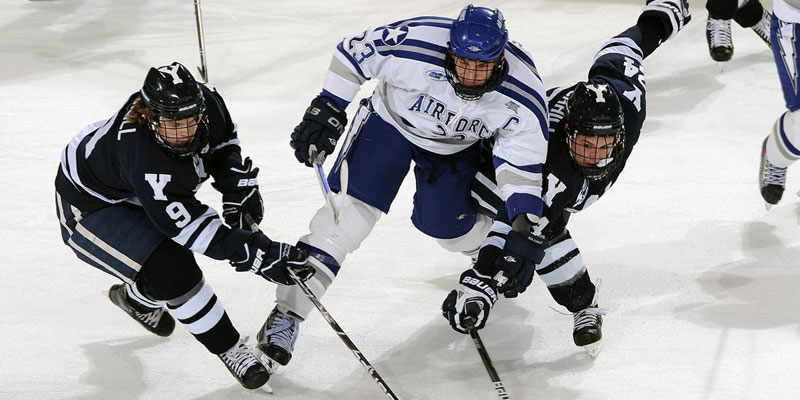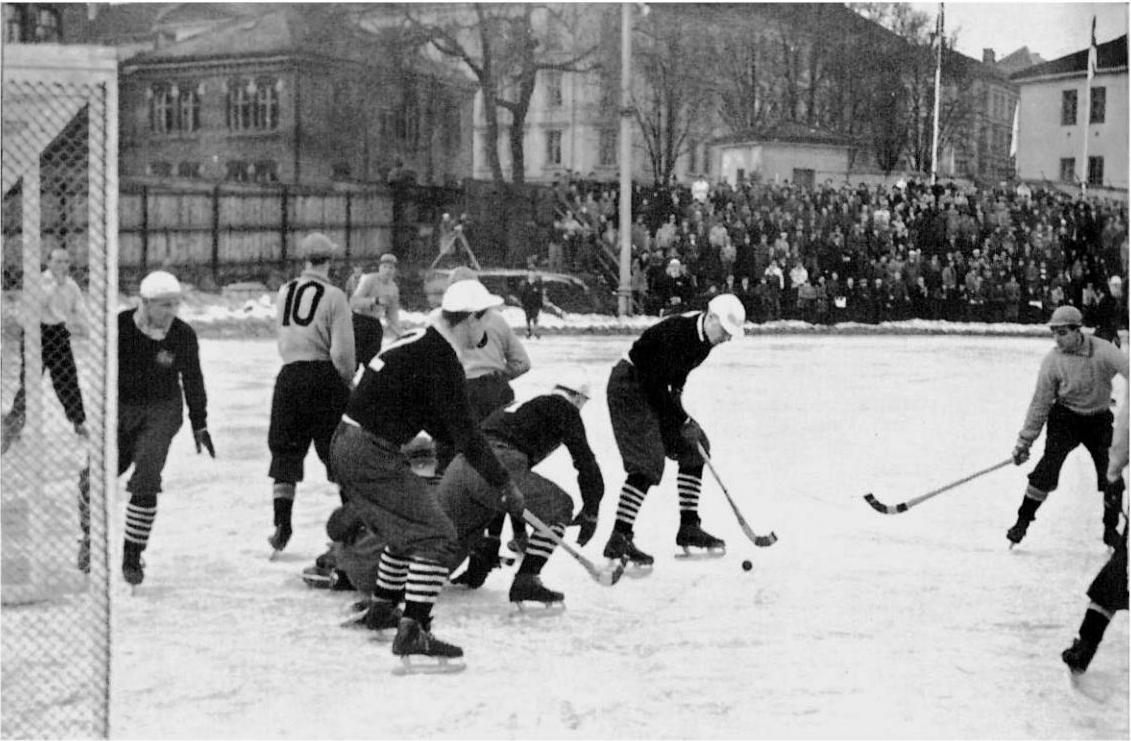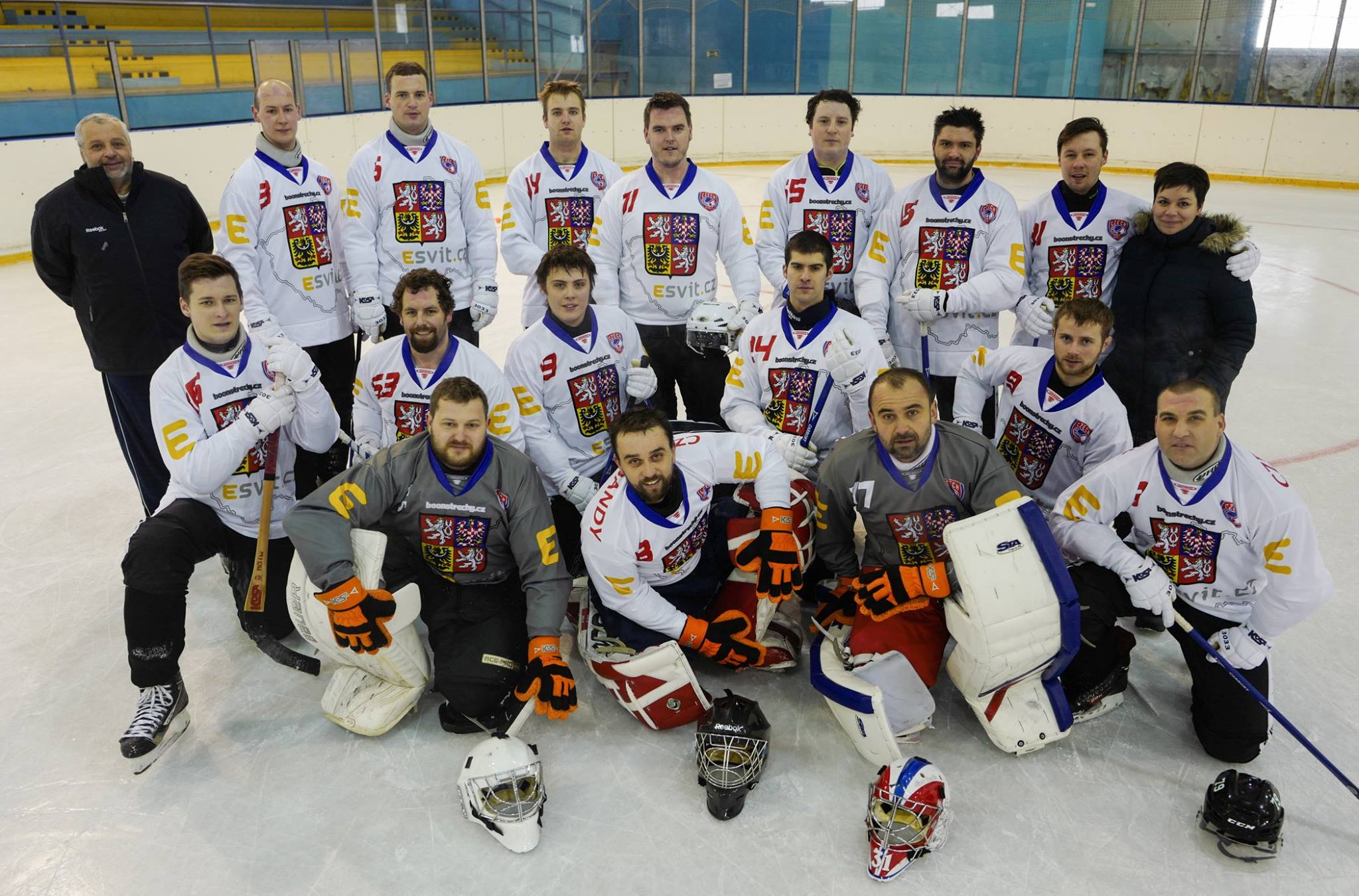All You Should Know About Ice Hockey

Adapting Yoga As Part Of Ice Hockey Training Routine
February 12, 2017
Things You Should Know About The Ice Hockey World Championships
October 11, 2017The first game of Ice hockey happened in the year 1875 in Victoria skating rink, Montreal. It was between two university teams where there was a lot of violence with spectators fleeing. But it was in 1877 rules was formulated with nine players on each side. Amateur Hockey Association AHA became the first organization in Canada, and it soon became the most popular sport in that country. No general body governed the game till it was founded in 1908 and was called as the International Ice Hockey federation IIHF. Ice hockey got the status of an Olympic sport in the year 1920, and 1924 was included as a Winter Olympic game.
Hockey Leagues and contentious issues: NHA, the predecessor of NHL was formed in 1910 and was deemed in North America as the strongest Ice Hockey body. The first arena was built by Joseph Patrick, and he also established the Pacific Coast Hockey Association which led to a rise in the construction of artificial rinks. There was a lot of trouble between NHA and the PCHA, but NHA prevailed and became the most influential hockey league. Most of the changes in Ice Hockey was made by PCHA and the only difference the NHA brought about was to reduce the number of players from 9 to 6 to save some money.
The NHA also faced a lot of descent in their ranks and thus decided to disband the whole league to kick out one of the members and formed a new once called the National Hockey League.
Women’s hockey: Though the men’s ice hockey became a sport in 1920, it took as long as six decades to become a medal sport in Olympics and made its debut in Japan’s 1998 winter Olympics. The playoff tournament for women’s game is the Stanley Cup and was found in 1916. The rules of the sport for women is slightly different from that of the men’s. The body check is not allowed in women’s games as women in countries other than North America have a low body mass and sie.
Rink and Equipment used in Ice Hockey: A standard arena used by NHL is about 200 feet long plus 85 feet wide, and the international rink is about 185-200 feet and 85-100 feet. The goal post width is about 6 feet, and height is about 4 feet. There is a crease which is an area of a semicircular shape with a radius of 6 feet. A red line is marked where the goalie stands, and a player can enter it only when the puck is in that area. There are three zones which are 60 feet apart, and a blue line separates these, and there is a red line in the center. The area between 2 blue lines is called the neutral zone.
The hockey stick is the tool that is the primary equipment with which the player hits the puck. Other accessories used by players are helmets. Mouth and leg guards, visors, gloves, shoulder and elbow pads, skates, heavy pants which are padded. A goalkeeper or commonly termed as the goalie will have a mask with a wire made of metal stuck to the helmet for protecting the face.
Rules of the game: The game is played on an arena called the Rink which is made of ice. Two teams play one other, and each team has six players. They use a stick which is curved to move the puck and shoot it to the opponent’s goal. The goal post is like a cage which is netted with the goalie guarding it to prevent the puck from entering. Out of the other five players, there will be two defenders one at the left and one at the right. There will be three attackers assigned to the left, right and the center wing.
The span of the game is 60 minutes, and there will be two breaks at twenty minutes. Whichever team has the maximum number of goals at the end of the 60-minute tie is the winner. In case the game is tied with both sides scoring no goals or the same amount of goals, there will be extra time.
The game is overseen by 1 or 2 referees who award penalties and goals. There will also be two linesmen who will call offside and check breaking of rules by players. There are also officials present to ensure that everyone involved in the game follows the rules of the game.




